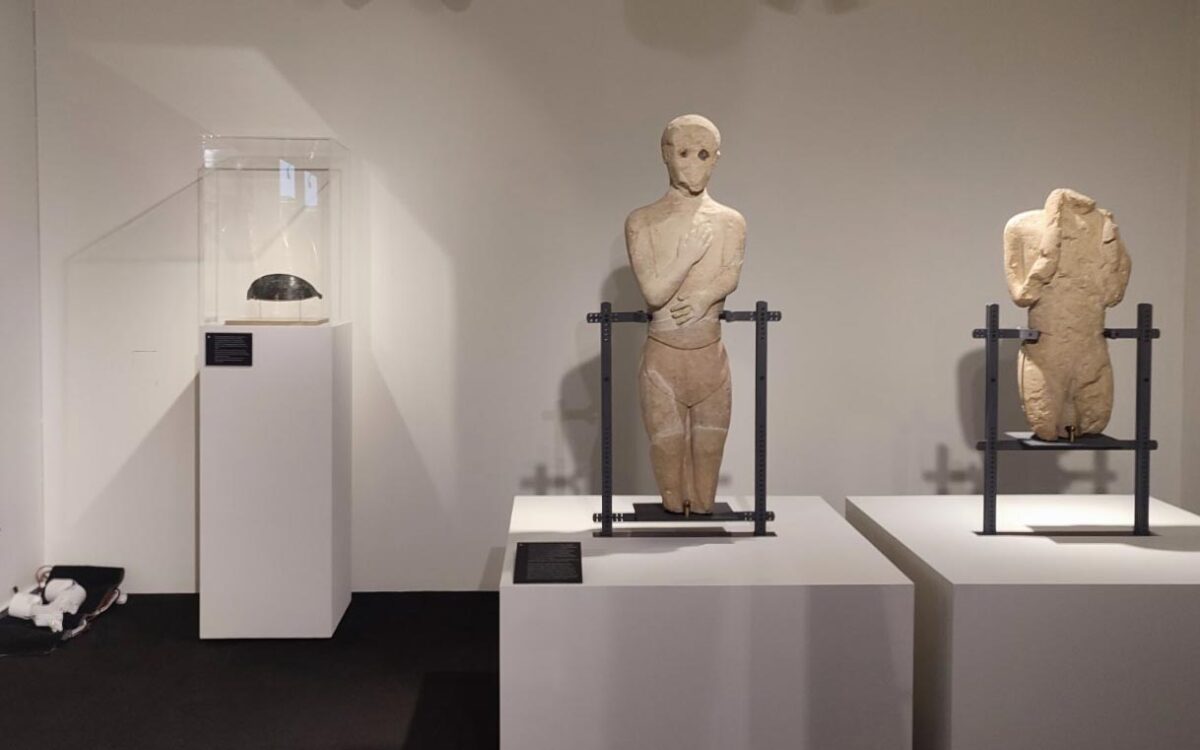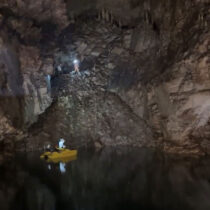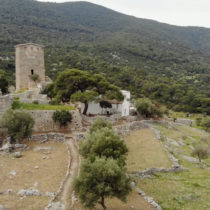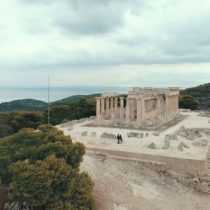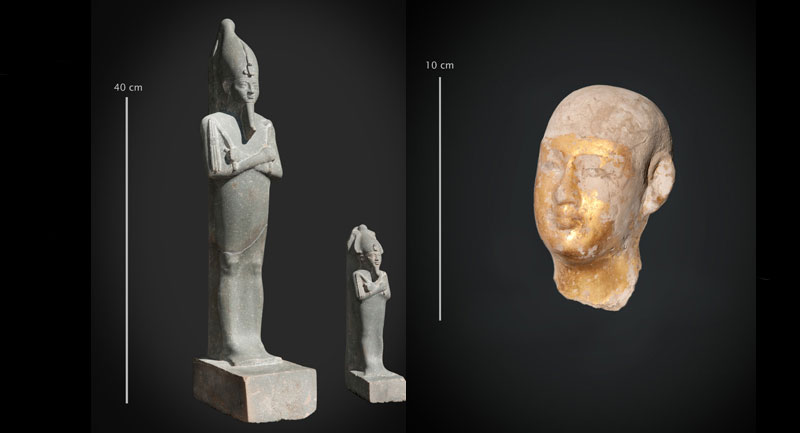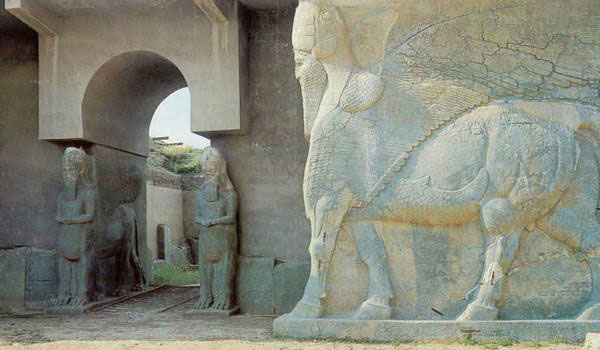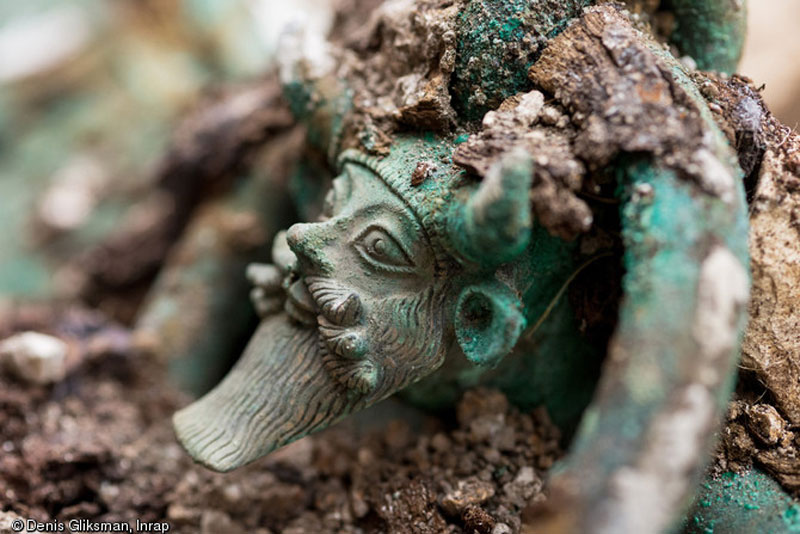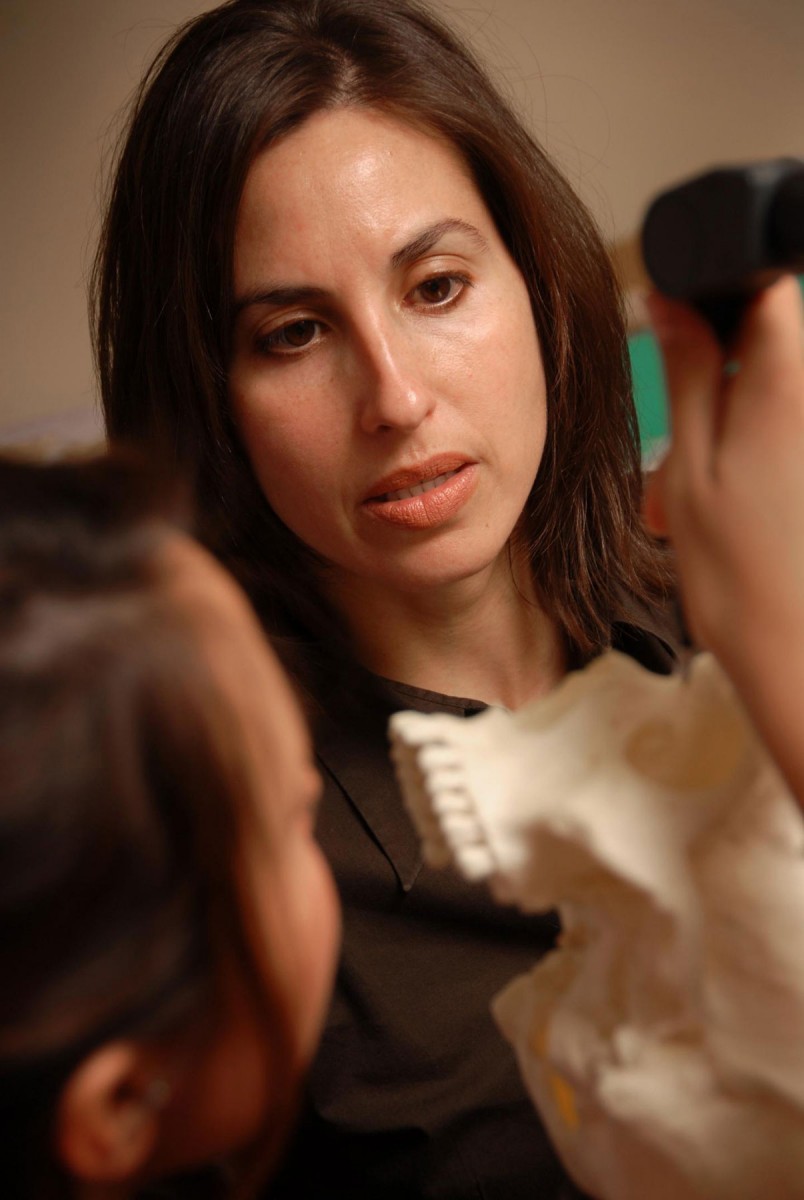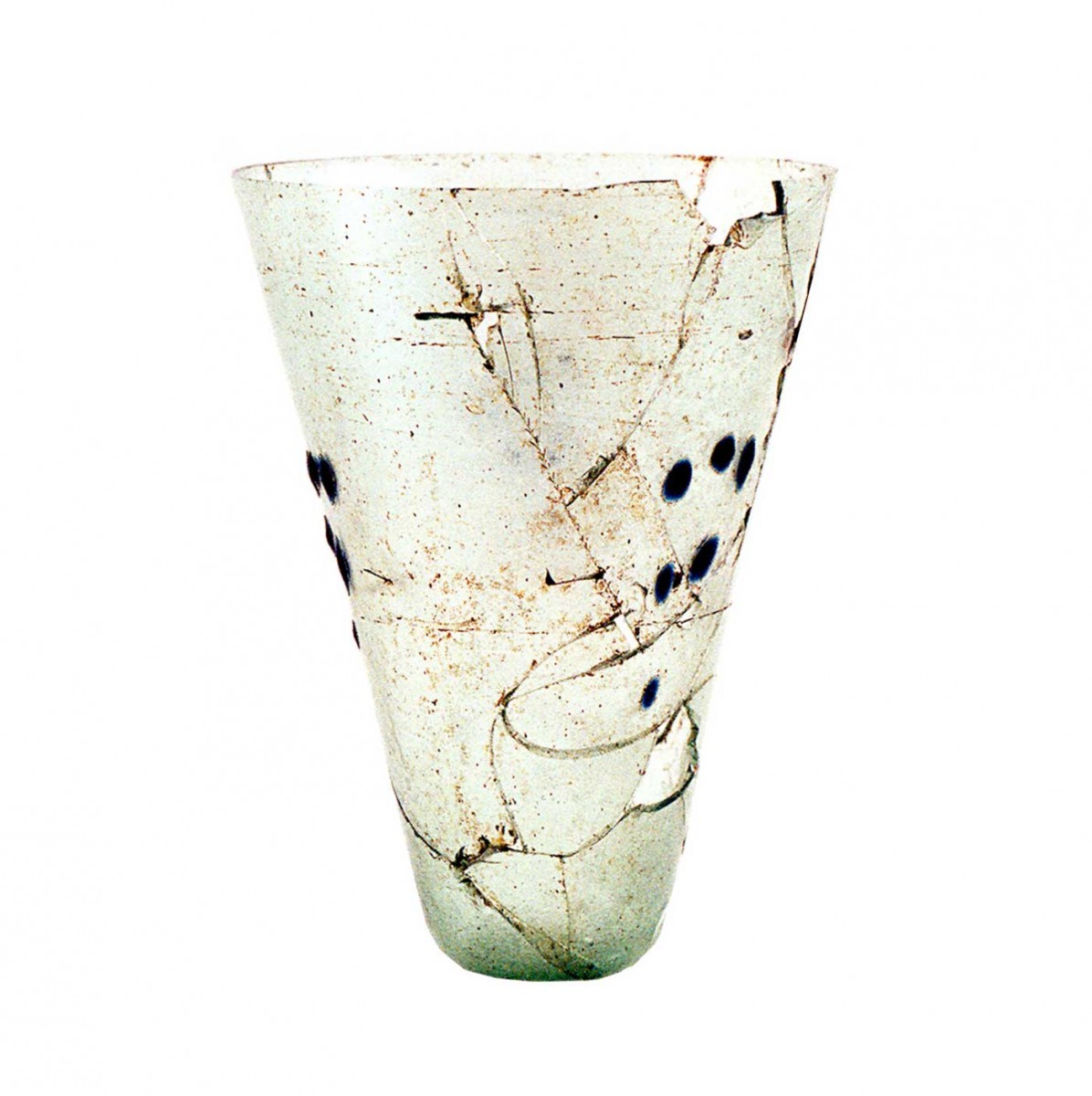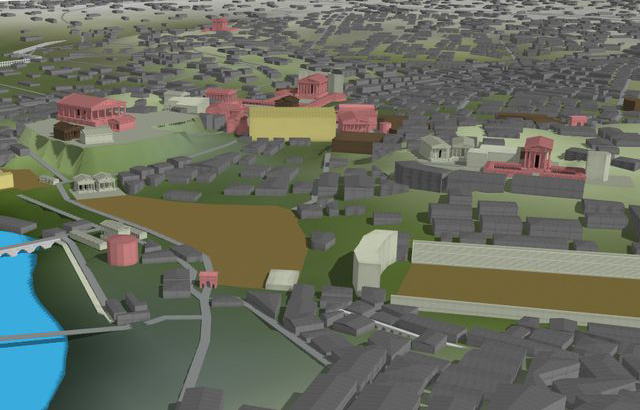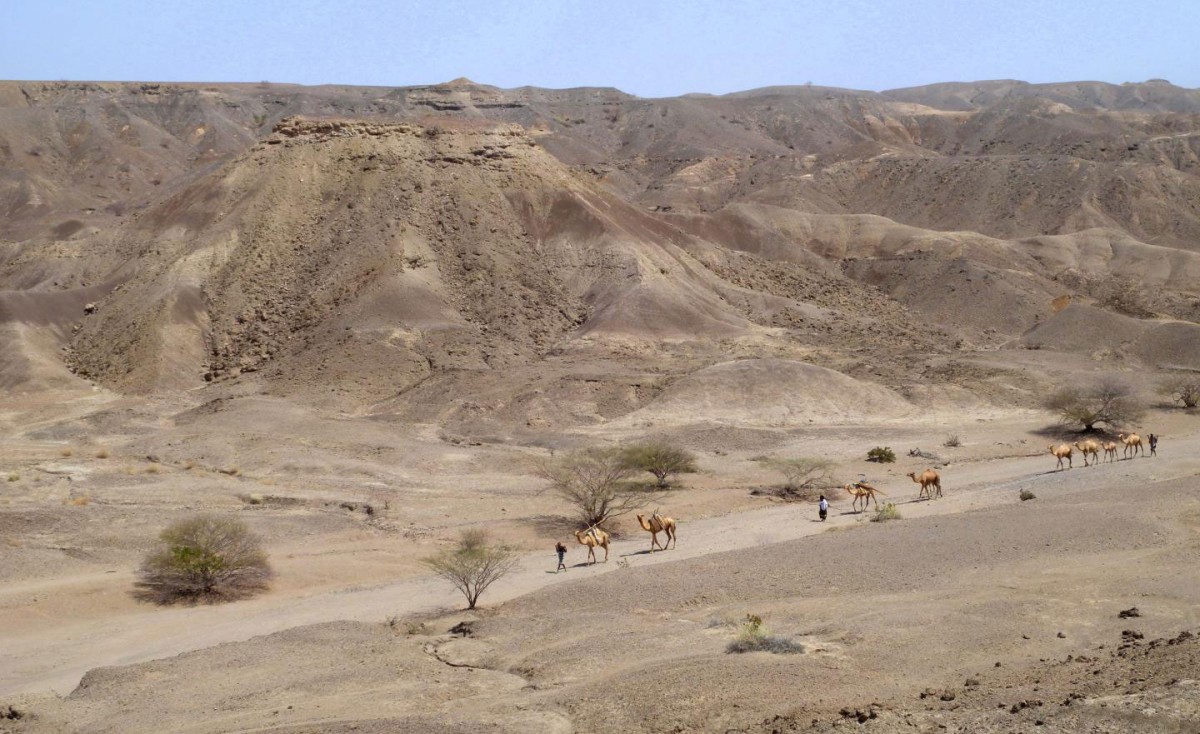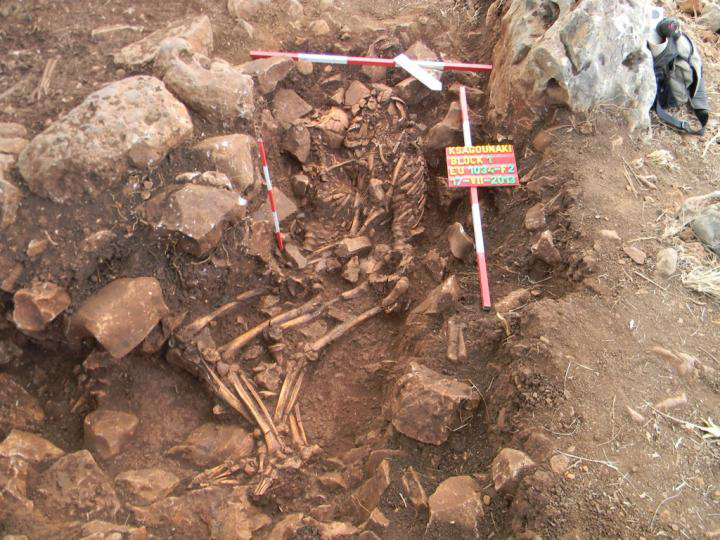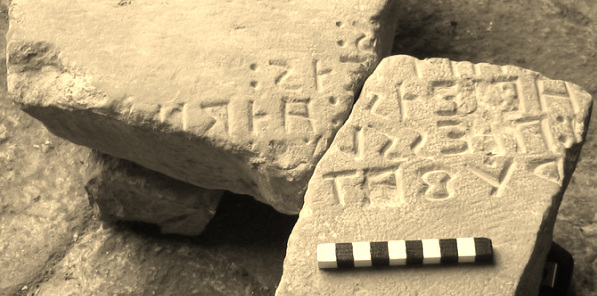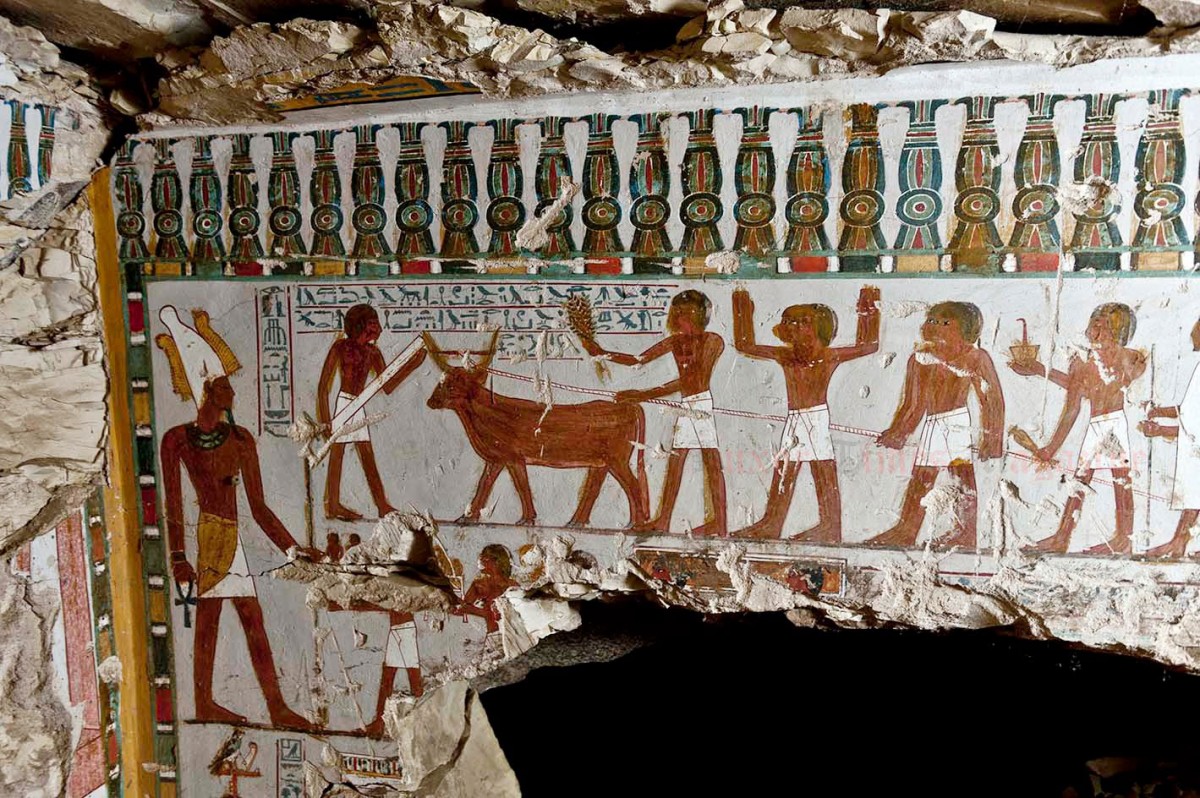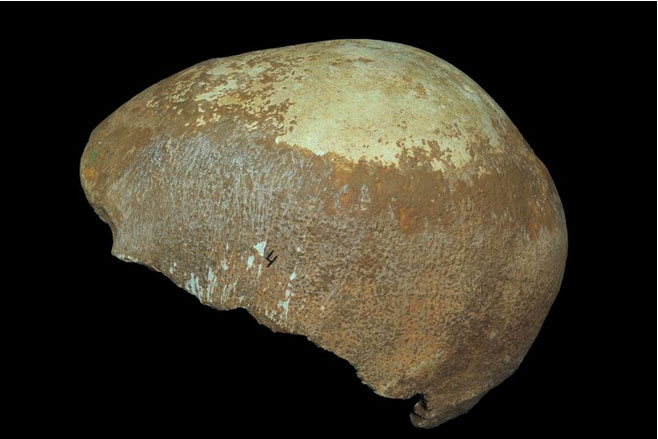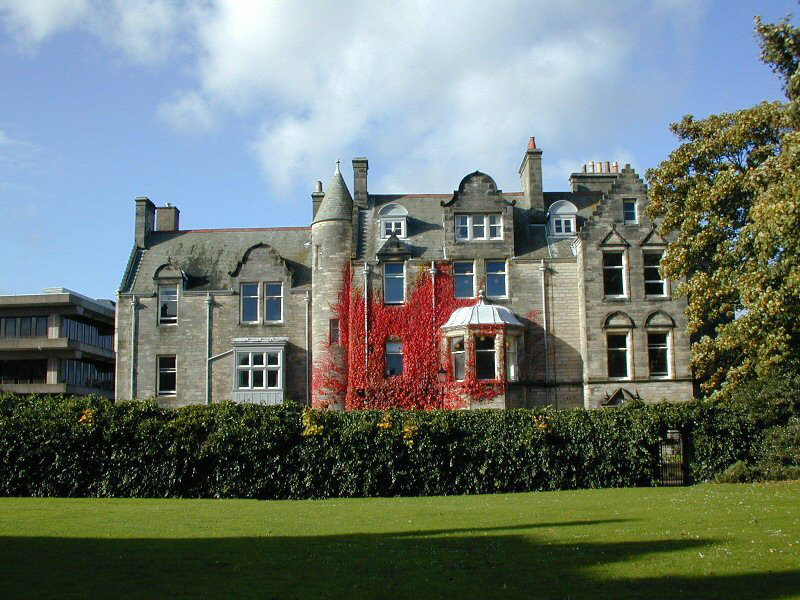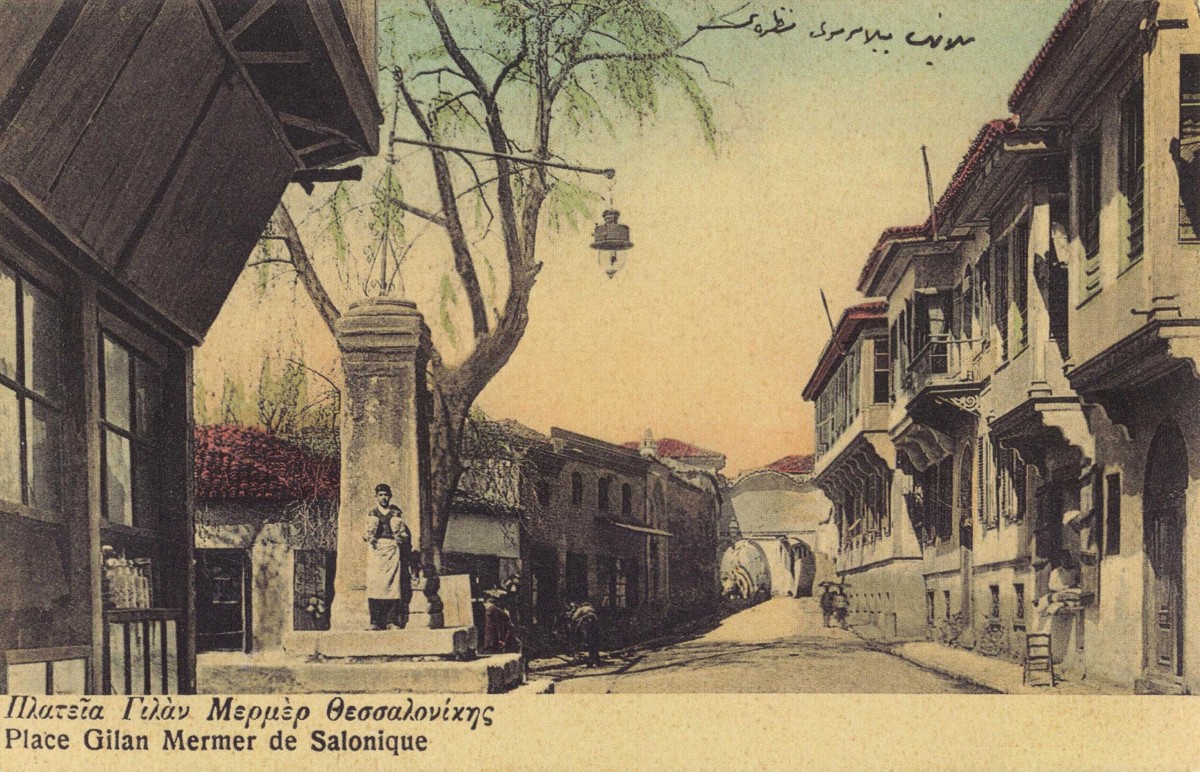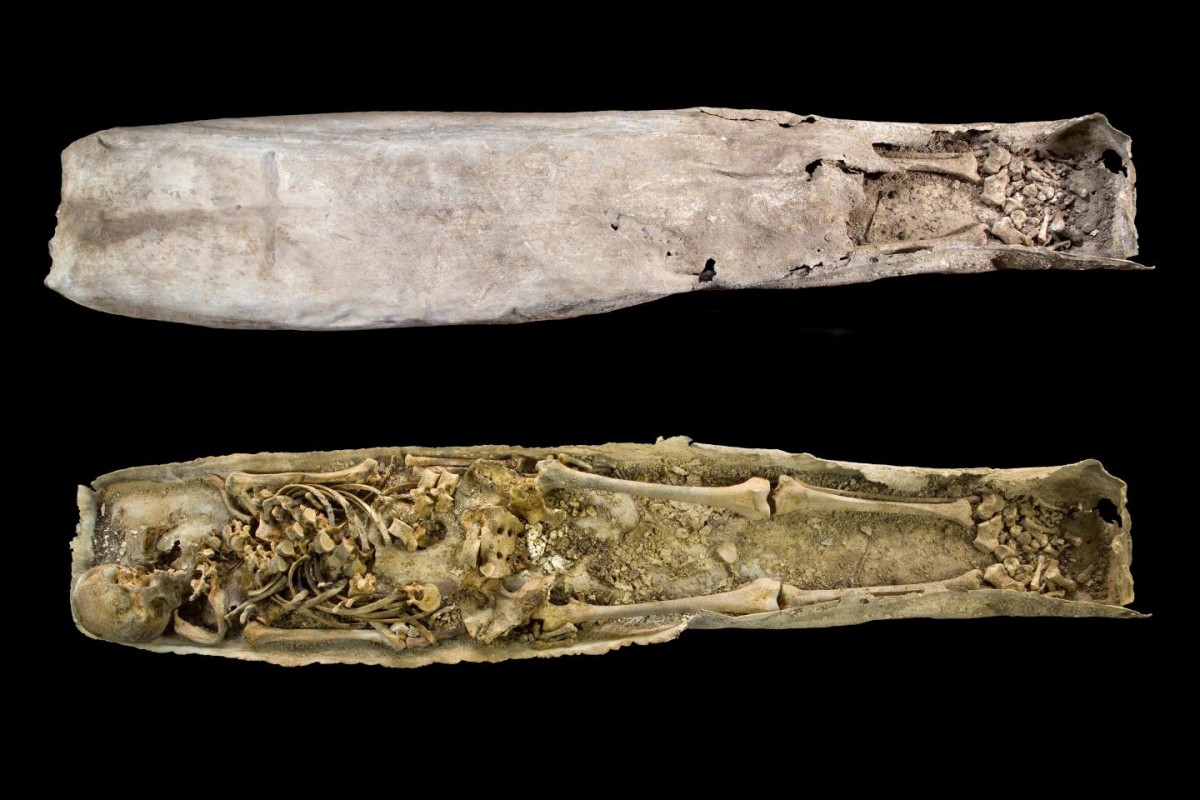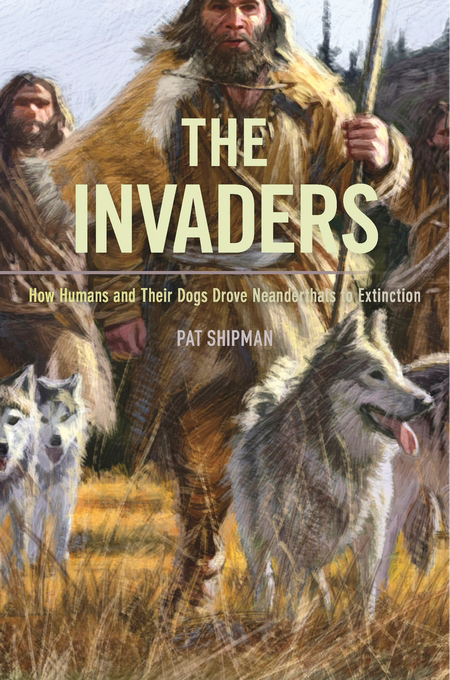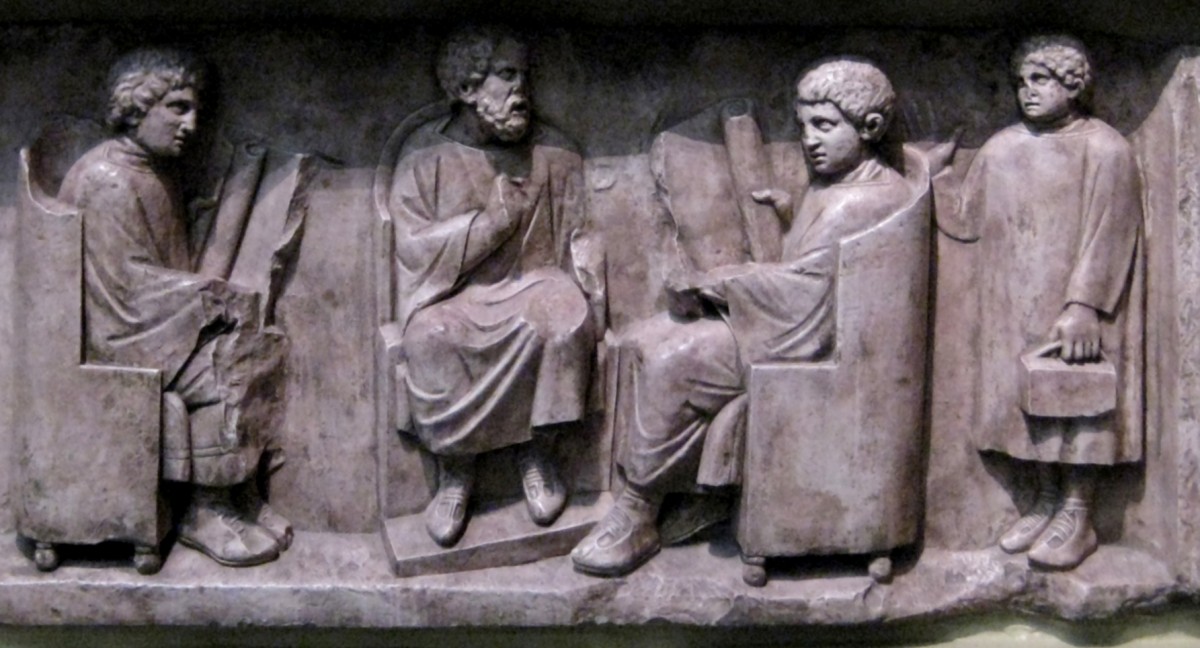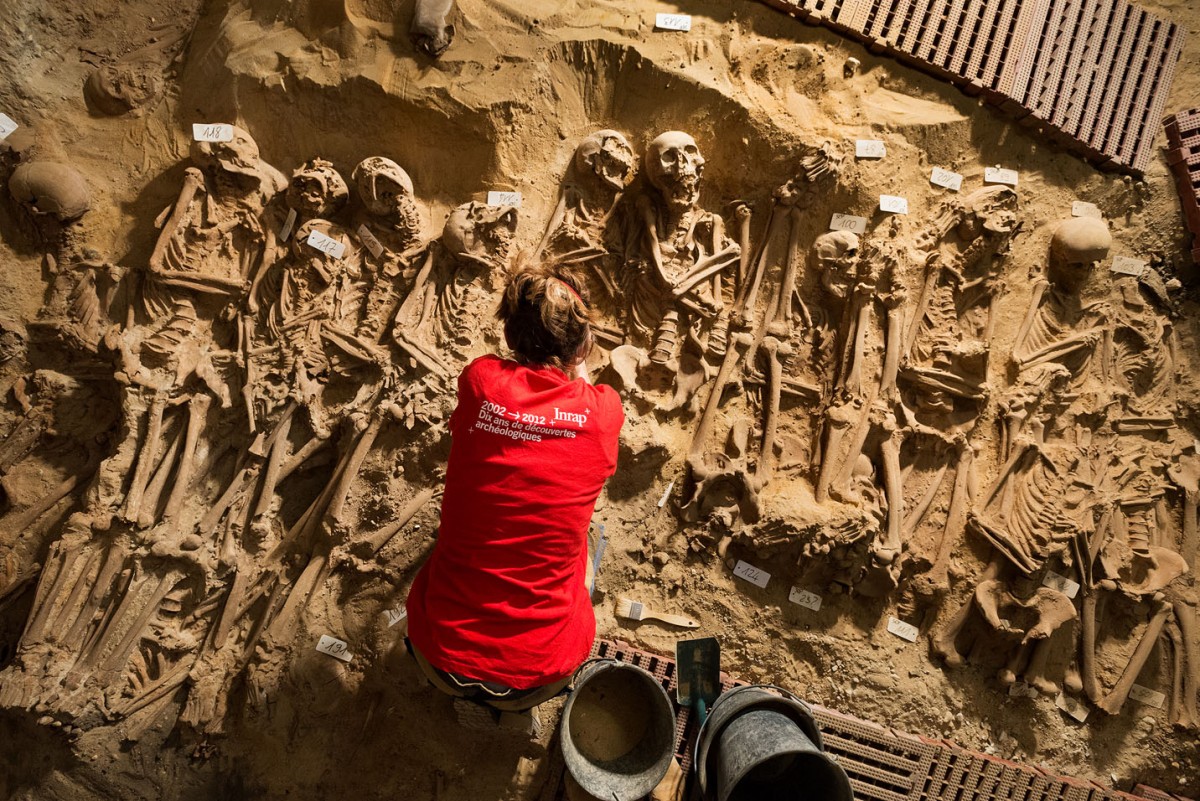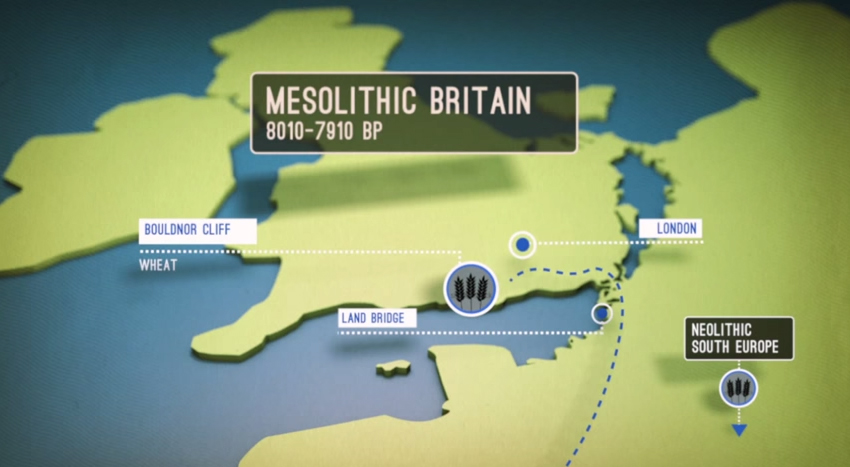Cultic pit near temple of Ptah at Karnak yields artefacts
The excavation of a favissa discovered in December 2014 near the temple of the god Ptah at Karnak has just been completed yielding numerous religious artefacts of exceptional quality, with the use of a new recording method.
International outcry on Nimrud destruction by the Islamic State
The Islamic State's attack on the archaeological site of Nimrud in northern Iraq with heavy military vehicles on March 5 has been widely condemned by the International community.
The Post-Byzantine iconography of Crete and the Ionian Islands
Survey aiming to describe the materials that made up icons so as to trace possible modifications in technique resulting from Western influences.
‘A room with a view’ on the island of Kea
In this lecture Lyvia Morgan will present new reconstructions of the Miniature Frieze and Plant Panels from the NE Bastion at Ayia Irini, Kea, placing the images within their physical setting and socio-cultural context.
Exceptional Celtic prince tomb found in France
French archaeologists working for INRAP have found the remains of a magnificent bronze cauldron inside a large burial mound, which dates from the 5th century BC.
Study finds significant facial variations in pre-Columbian peoples
The finding may lead scholars to revisit any hypotheses about human migration patterns that rested on the idea that there was little skeletal variation in pre-Columbian South America.
A berm reveals tsunami hit Yucatan Peninsula 1,500 years ago
The eastern coastline of Mexico's Yucatan Peninsula, a mecca for tourists, may have been walloped by a tsunami between 1,500 and 900 years ago.
“Opening Roads” at the Archaeological Museum of Dion
“Opening Roads” is the title of the temporary exhibition organized by the Ephorate of Antiquities of Pieria at the Archaeological Museum of Dion.
Did Augustus really transform Rome from brick to marble?
“I found Rome a city of bricks and left it a city of marble,” said Augustus according to legend. Was he telling the truth or making an empty claim?
Earliest known fossil of the genus Homo has been dated
The earliest known record of the genus Homo -- the human genus -- represented by a lower jaw with teeth, recently found in the Afar region of Ethiopia, dates to between 2.8 and 2.75 million years ago.
Excavation reveals ancient town and burial complex in Diros Bay
Recent research by The Diros Project, a five-year excavation program in Diros Bay, Greece, has uncovered the remains of an ancient town and burial complex that date to the Neolithic and Bronze Age.
Lectureships in Ancient Greek Language & Literature
The Department of Classics at King’s College London is intending to make two appointments to lectureships (indefinite contract) in Ancient Greek Language and Literature.
Working Drawings of Icon painters after the Fall of Constantinopolis
This book presents the 452 working drawings that compose the Andreas Xyngopoulos portfolio in the Benaki Museum, commented upon and illustrated in their entirety.
New tomb discovered in Qurna
The American Research Center in Egypt team cleaning the forecourt of the Eighteenth Dynasty Theban Tomb of Djehuty, TT 110 have unearthed a new tomb in Qurna.
When age matters
The precise dating of ancient charcoal found near a skull is helping reveal a unique period in prehistory.
StAGE 2015
Registration for the postgraduate conference ‘StAGE 2015: Training and Research in Material Culture Related to the Ancient World’ is now open.
Yılan Mermer: The Marble of the Snake
The Marble of the Snake is a neglected monument in Thessaloniki. Its history takes us back to Constantine the Great and the tradition of raising honorary statues in public spaces.
Lady in lead
A mysterious lead coffin containing the skeleton of an elderly woman was found close to the site of Richard III's hastily dug grave at the Grey Friars friary.
The Invaders: How Humans and Their Dogs Drove Neanderthals to Extinction
This book shows how our coevolution with wolves contributed to the extinction of Neanderthals and further transformed us through the process of domesticating dogs.
What was a day at school like for Julius Caesar?
Priceless insight into daily life in the Roman Empire are revealed by the first English translation of Europe's most ancient children's book.
More than 200 bodies found in communal graves beneath Paris supermarket
More than 200 bodies have been found by INRAP archaeologists in eight mass graves beneath a central Paris supermarket. The bodies were laid out in neat rows.
Surprise cultural connections between Britain and Europe 8,000 years ago
The ancient British were not cut off from Europeans on an isolated island 8,000 years ago as previously thought, new research suggests.
Museums and Museology in modern society. New challenges, new relationships (Part 5)
Τhe concept of museums and collections as ideological fields of reference in the work of important artists of the so called Institutional Critique.
